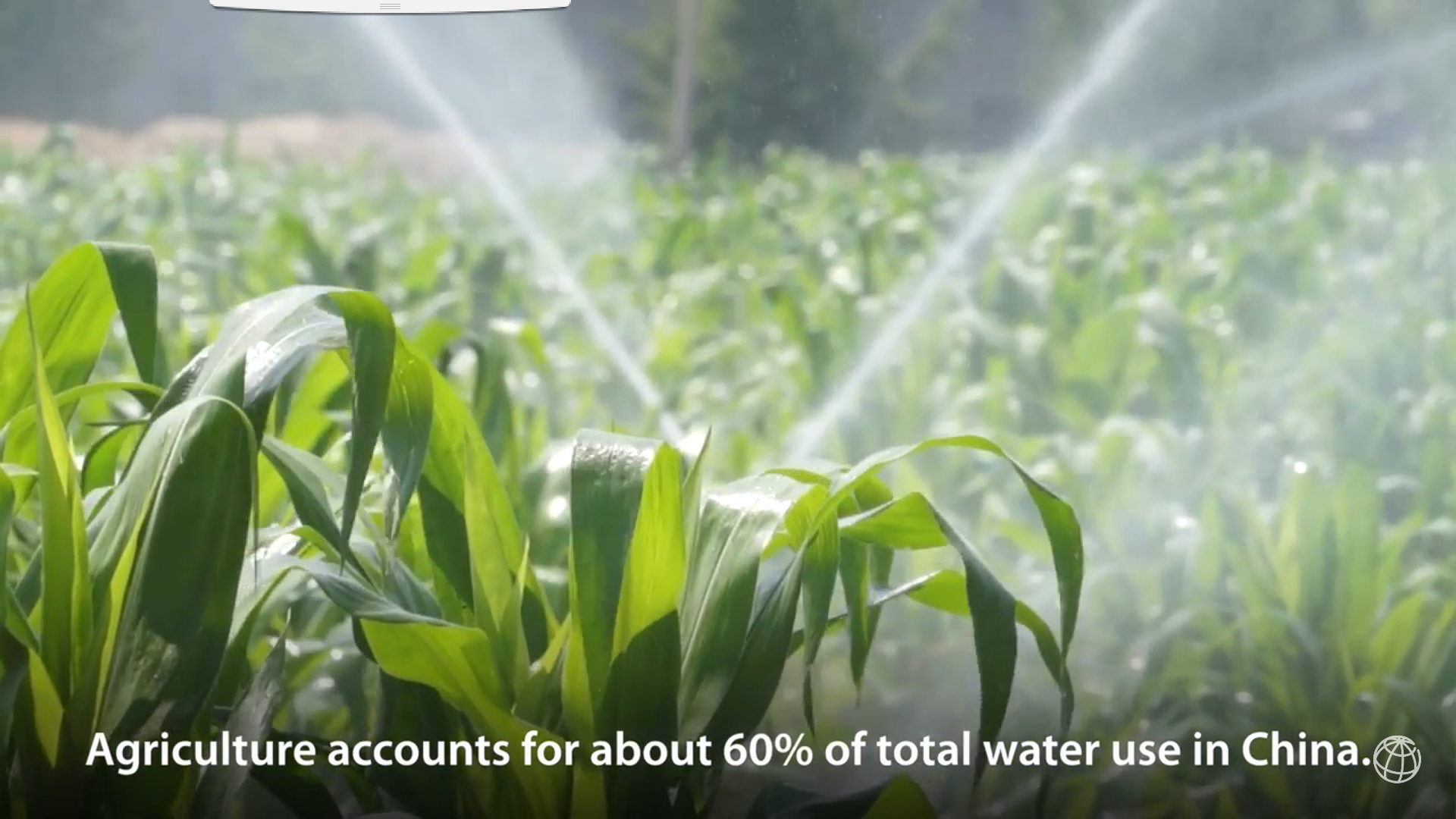Toward greener growth in water-stressed China

In China, the amount of water available per person in a year stands at around 2,100 cubic metres – which is about 28 percent of the global average.
What’s more, the country’s water resources are unevenly distributed, varying according to climate and geography. Northern China – home to half of the nation’s roughly 1.4 billion people and two-thirds of its farmland – has only one-fifth of the country’s water.
An innovative USD 160 million World Bank-funded project, jointly designed by the FAO Investment Centre, helped strengthen agricultural water management and increase agricultural water productivity in China’s water-scarce northern provinces of Ningxia, Hebei and Shanxi.
The five-year project – winner of the World Bank’s prestigious 2018 East Asia and Pacific Region Vice Presidential Units’ Team Award – contributed to greener agricultural growth and water conservation, topics high on the Government’s agenda.
Better use of water for farming
Three-quarters of China’s agricultural output comes from irrigated agriculture – an important source of food and employment that also uses over 60 percent of the country’s total water resources.
But irrigated agriculture faces big challenges, especially in northern China, due to a combination of declining water and land availability, climate variability and climate change.
That’s why promoting a more sustainable use of water – both saving water and reducing its demand for farming – is essential.

By building or upgrading irrigation and drainage systems, the project helped reduce water withdrawal from the Yellow River for irrigated agriculture in Ningxia Province as well as groundwater overdraft in Hebei Province and groundwater withdrawal in Shanxi Province.
The project also created or strengthened 290 local water user associations (WUAs), responsible for operating and maintaining the irrigation systems and collecting volume-based water tariffs from their members.
Farming communities received financial and technical support to reduce leakage and non-beneficial evaporation of irrigation water.
“We combined investments in engineering works and land husbandry, agronomic measures and improved irrigation technology with incentives for farmers to reduce water use or pay more for it,” said Xueming Liu, an FAO senior economist, who, along with Zhijun Chen, an FAO senior irrigation and rural infrastructure engineer, was part of the World Bank Task Team.
“Getting farmers involved at all stages, from planning to maintenance, will go a long way to ensuring the sustainability of the infrastructure and water-saving practices,” he added.
Improved cropping practices
The project encouraged farmers to shift towards less water-intensive and higher-value crops and built greenhouses for fruits and vegetables. It also promoted the use of improved agricultural practices – such as conservation agriculture, balanced fertilizer application and new seed varieties.
Together these efforts have led to increases in farm yields and output values, and also strengthened the communities’ resilience to cope with a changing climate.
Toward long-term water sustainability
The project was in line with China’s long-term plans – including its Three Red Lines Policy of Water Resources Management and its 13th Five-year Plan (2016-2020) – to build a water-efficient and environmentally sound country while ensuring national food security.
Several of the innovative water management approaches introduced by the project have now been adopted in other parts of China, namely volume-based water pricing and participatory water planning.
And these approaches are shaping World Bank-supported projects in other parts of the world, helping to change the way agricultural water is managed and used.
Photo credits:
Image of leaf: Arron Burden/Unspash.com
Irrigaiton pump: ©WorldbankGroup
